Why CFOs, Facility Managers, and Business Owners Are Turning to Solar for Long-Term Financial Control.
Introduction: From Overhead to Asset
Every business has fixed costs—rent, payroll, insurance, and utilities. But unlike most overhead, energy costs are volatile, rising unpredictably with fuel prices, grid strain, and regulatory shifts. Solar energy offers a rare opportunity to convert this unpredictable liability into a predictable asset.
This isn’t just about going green. It’s about going smart. Solar is a strategic investment that reduces operating costs, stabilizes cash flow, and enhances property value—all while aligning with environmental and social governance (ESG) goals.
The Science Behind Solar Savings
At its core, solar energy systems convert sunlight into electricity using photovoltaic (PV) cells. These cells are typically made from crystalline silicon, a semiconductor material that releases electrons when exposed to sunlight. The resulting direct current (DC) is then converted into alternating current (AC) via an inverter—ready to power your facility.
Key Technical Metrics:
- Efficiency: Modern commercial solar panels operate at 18–22% efficiency, meaning they convert that percentage of sunlight into usable electricity.
- Degradation Rate: Panels lose about 0.5% efficiency per year, meaning a 25-year-old panel still operates at ~87.5% of its original capacity.
- Capacity Factor: For commercial systems, this typically ranges from 15–25%, depending on geographic location and system design.
These metrics matter because they directly influence your system’s output, ROI, and long-term performance.
Real Numbers: What Businesses Actually Save
Let’s break down a typical scenario for a mid-sized commercial property in the Southeast U.S.:
Metric | Value |
|---|---|
Monthly electricity bill | $5,000 |
Solar system size | 250 kW |
Annual energy offset | ~40% |
Annual savings | ~$24,000 |
System cost (pre-incentives) | ~$500,000 |
Net cost after incentives | ~$300,000 |
Payback period | ~6 years |
25-year savings | ~$1 million+ |
These figures are conservative. In high-rate regions like California or New York, savings can be significantly higher.
Incentives & Tax Structures That Accelerate ROI
Solar’s financial appeal is supercharged by federal and state incentives. Here’s how they work:
1. Federal Investment Tax Credit (ITC)
- Covers 30% of system cost
- Can be carried forward if tax liability is insufficient
2. MACRS Depreciation
- Allows accelerated depreciation over 5 years
- Can offset up to 20–30% of system cost in tax savings
3. State-Level Incentives
- Vary widely: some offer rebates, Solar Renewable Energy Credits (SRECs), or performance-based incentives
4. Net Metering
- Credits you for excess energy sent back to the grid
- Can offset nighttime or seasonal usage
Together, these incentives can reduce your net investment by 40–60%, dramatically improving your payback timeline and internal rate of return (IRR).
ROI, IRR, and Payback: The Financial Metrics That Matter
Solar isn’t just a feel-good investment—it’s a financially sound one. Here’s how it stacks up:
Metric | Typical Range for Commercial Solar |
|---|---|
Payback Period | 4–7 years |
Internal Rate of Return (IRR) | 10–18% |
Net Present Value (NPV) | $500,000–$1.5 million+ |
These metrics rival or exceed traditional investments in equipment, marketing, or real estate upgrades. And unlike those, solar pays you back every month.
Strategic Advantages Beyond the Balance Sheet
Solar delivers more than savings—it delivers strategic leverage:
- Energy Independence: Reduce exposure to utility rate hikes and grid instability
- Brand Differentiation: Showcase sustainability to customers, investors, and employees
- Resilience: Pair with battery storage for backup power during outages
- Property Value: Solar-equipped buildings often sell faster and at higher valuations
In sectors like senior living, manufacturing, and auto repair—where margins are tight and energy use is high—these advantages can be transformative.
Case Study: Roanoke, Virginia Manufacturer Goes Solar
A Roanoke-based manufacturer installed a 250 kW rooftop system in 2023. Here’s what happened:
- Initial cost: $500,000
- Net cost after ITC and MACRS: ~$300,000
- Annual savings: ~$40,000
- Payback: ~6 years
- Lifetime savings: ~$1.2 million
- Carbon offset: ~6,000 metric tons over 25 years
They now use solar in their recruitment materials, investor presentations, and community outreach. It’s not just a system—it’s a symbol.
Final Thoughts: The Sun Is Your Silent Partner
Solar energy is no longer experimental—it’s essential. It’s a proven tool for financial control, operational efficiency, and brand elevation. For business owners and facility managers, it’s a way to reclaim predictability in an unpredictable world.
And the best part? The sun doesn’t send invoices. It just shows up—every day—ready to work for you.
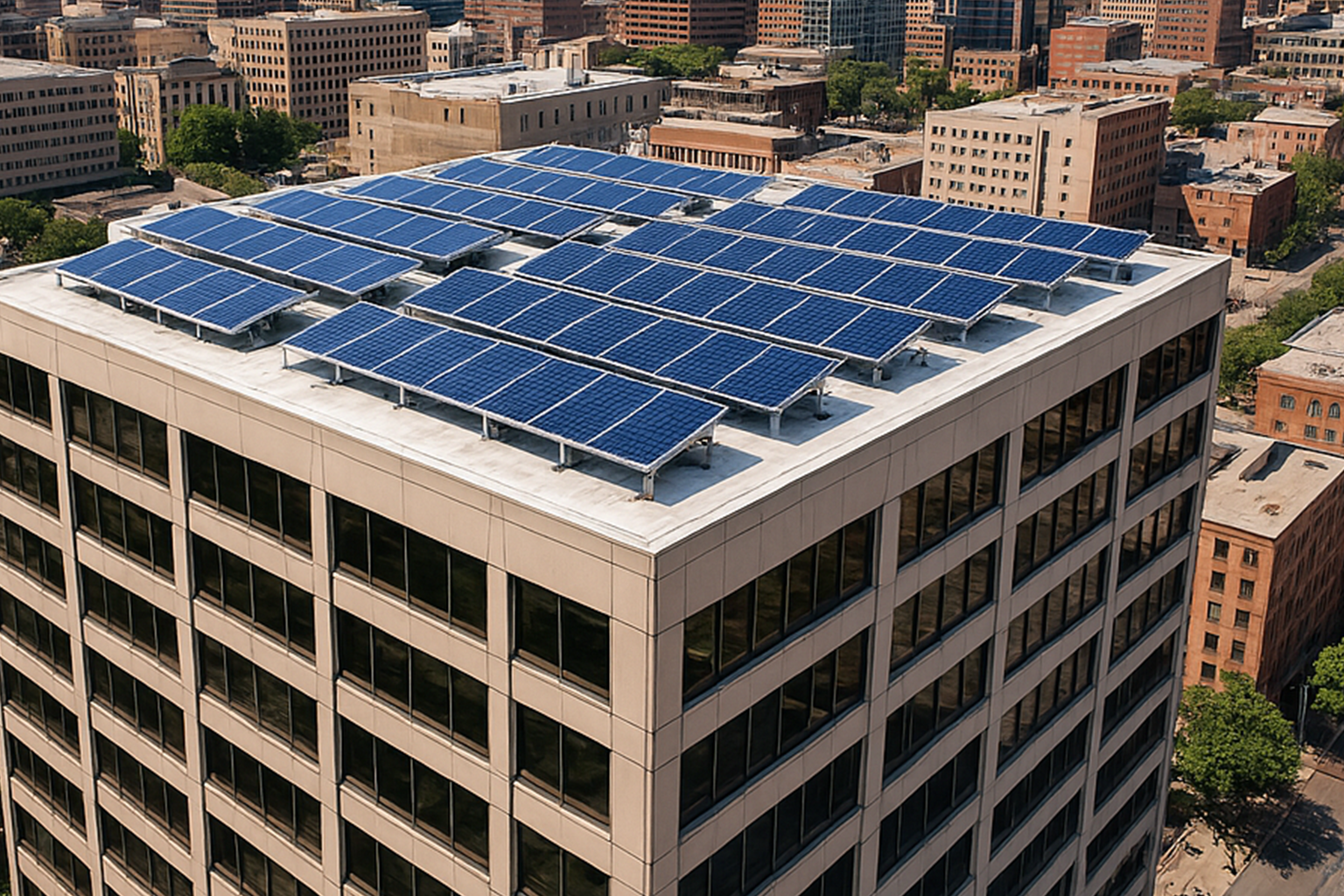
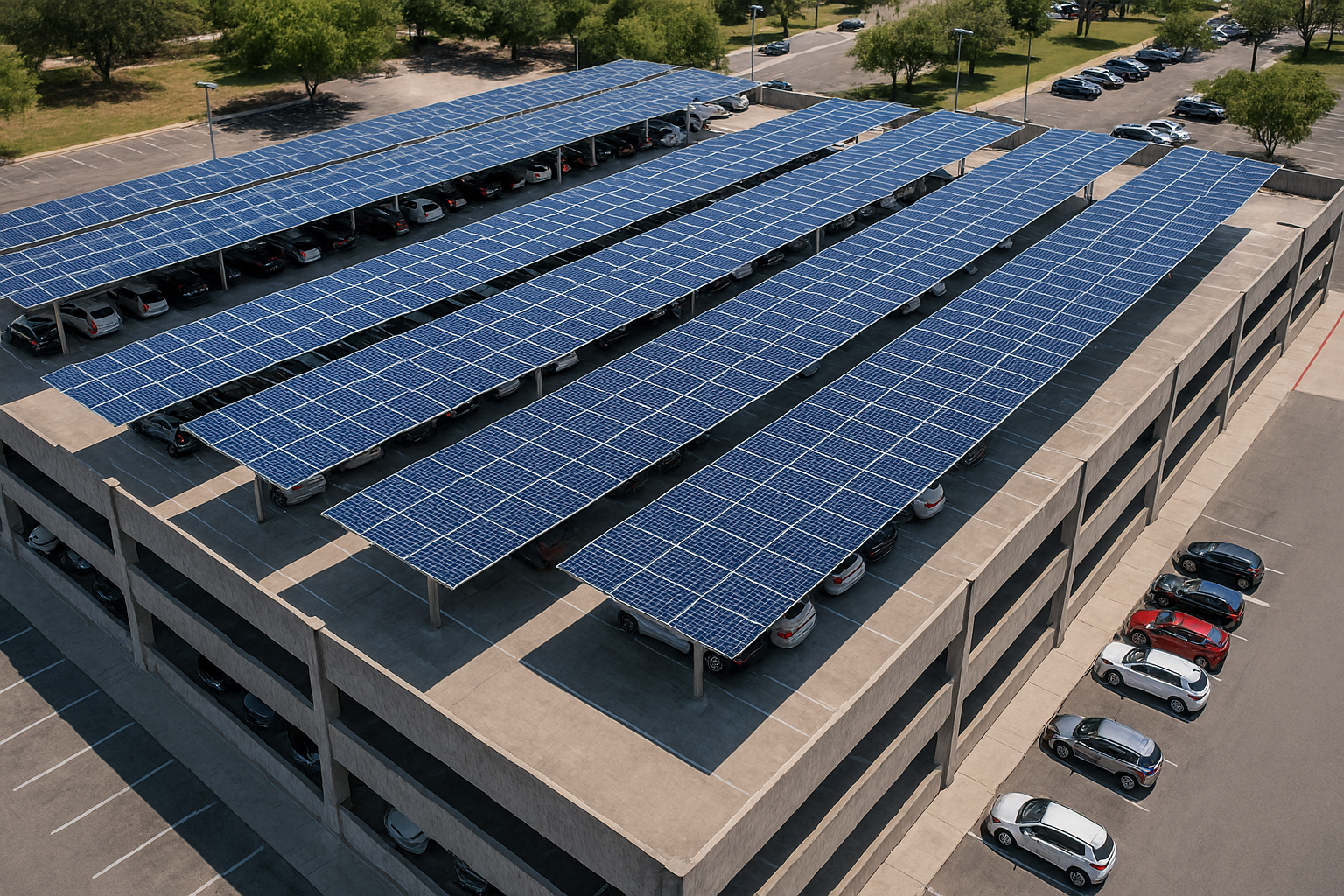
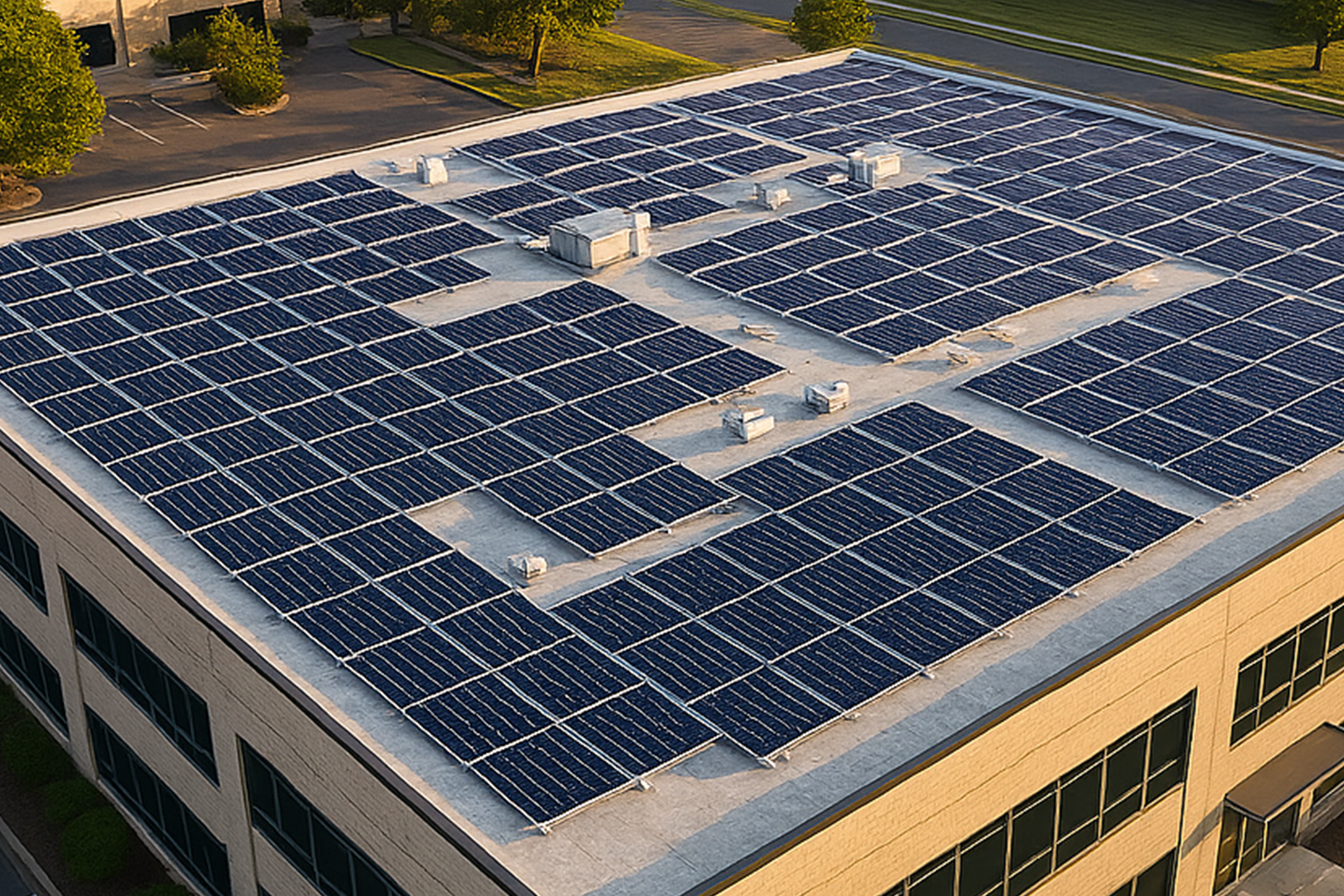
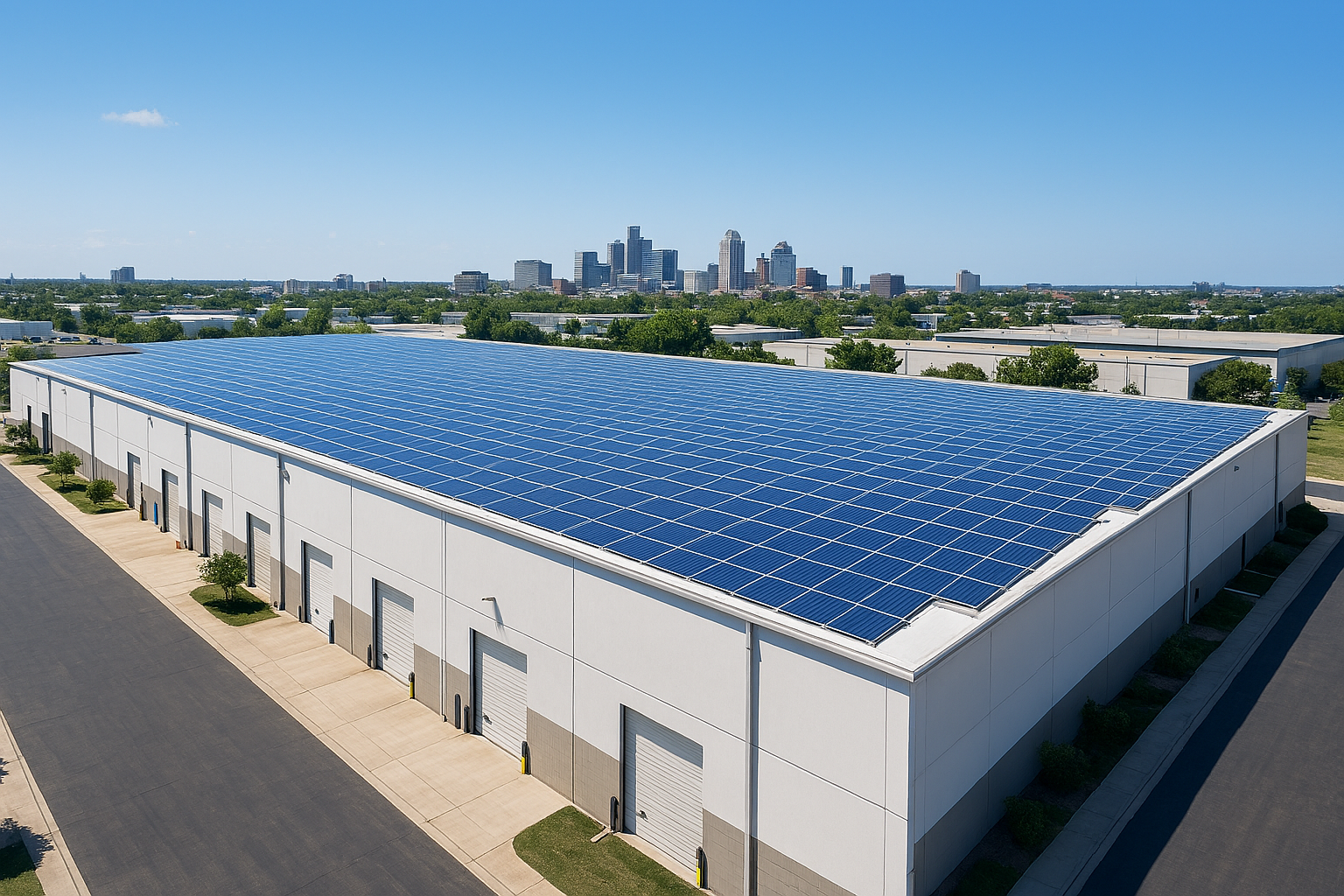
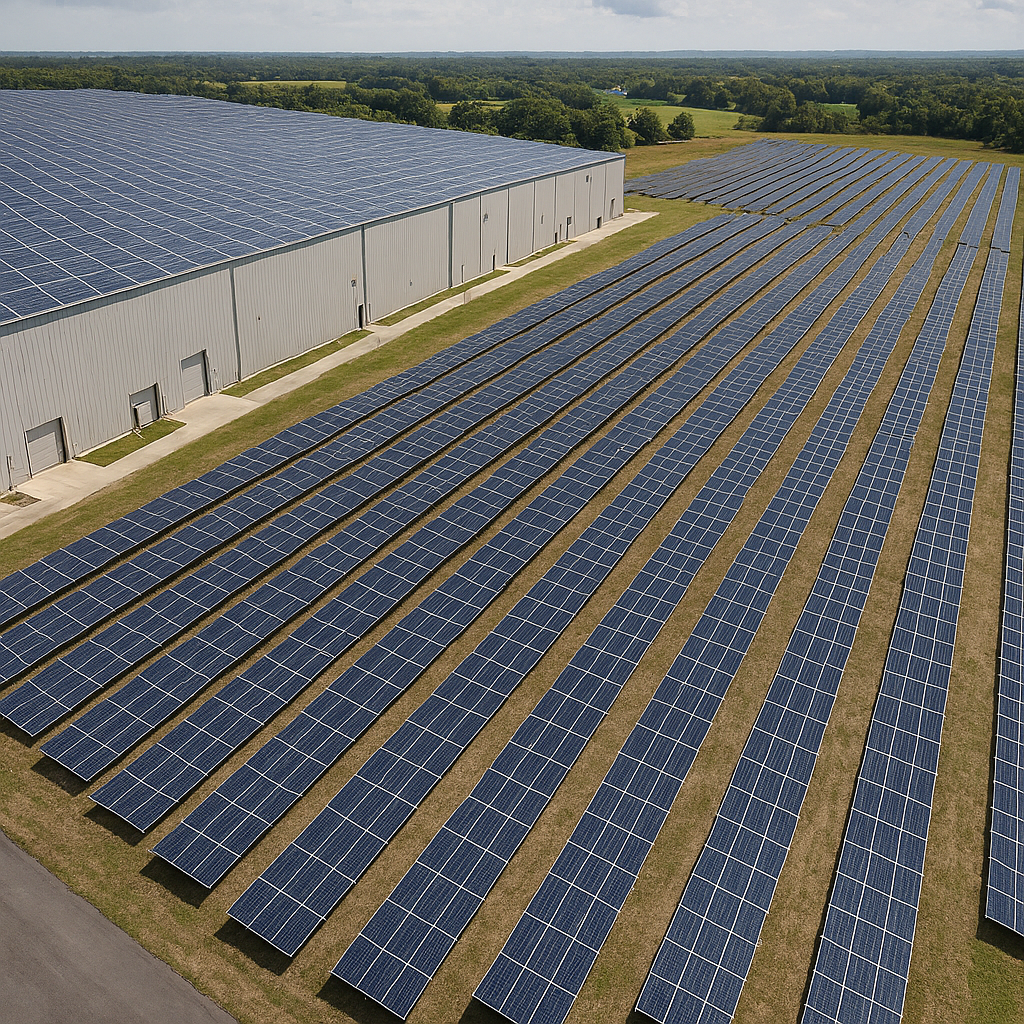
A WordPress Commenter
Hi, this is a comment.
To get started with moderating, editing, and deleting comments, please visit the Comments screen in the dashboard.
Commenter avatars come from Gravatar.